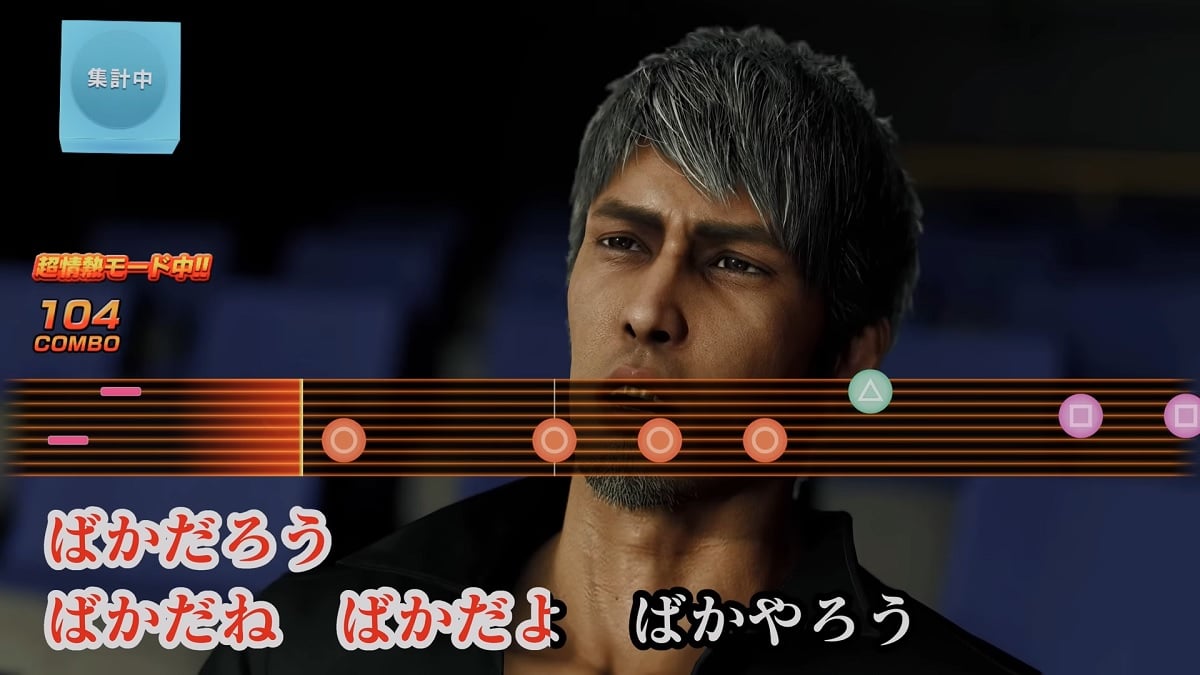──This year, you already released the Like a Dragon: Ishin! remake, right?
Yokoyama:
Oh yeah, so we did.
Sakamoto:
It feels like just yesterday.
──And then comes Like a Dragon Gaiden, followed by Like a Dragon 8…the speed of your releases is astonishing. Do you have three separate teams working in parallel? How are you able to realize such quick releases?
Yokoyama:
Actually, it's just one team for the most part.
── Just one team…?
Yokoyama:
For example, for the Like a Dragon Ishin! remake, we used Unreal Engine, but the programmers using Unreal Engine were the same ones who were also using Dragon Engine for other titles. This is especially the case for programmers, but one of the most unique characteristics of Ryu Ga Gotoku Studio is that we don't have one person dedicated entirely to one project.
[...]
Yokoyama:
There isn't a huge difference Between Like a Dragon Gaiden and Like a Dragon 8. By this I mean that, in a sense, Like a Dragon Gaiden was derived from Like a Dragon 8. We could have just told of Kiryu's past through a thirty-minute interlude as part of Like a Dragon 8, but we decided it would be a lot more interesting as a game of its own, which is how the project came to be. Though this meant having a whole extra game to make, it still uses the same engine, so we thought "It's not like we have to make it from scratch," and decided to go with it. In the end, it took us about half a year to make it.
──Only half a year!?
Yokoyama:
I'm the one who first went, "Let's make it." I said, "If you're going to make an episode about Kiryu's past, it's going to be much quicker to make a game about it." From there on, we first considered making it as DLC, but then decided it was engaging enough for a physical edition. But, for a physical edition, we needed more content, so we decided to add some. This is how things escalated.
StereoVsn
adamsapple
EDMIX @drganon


